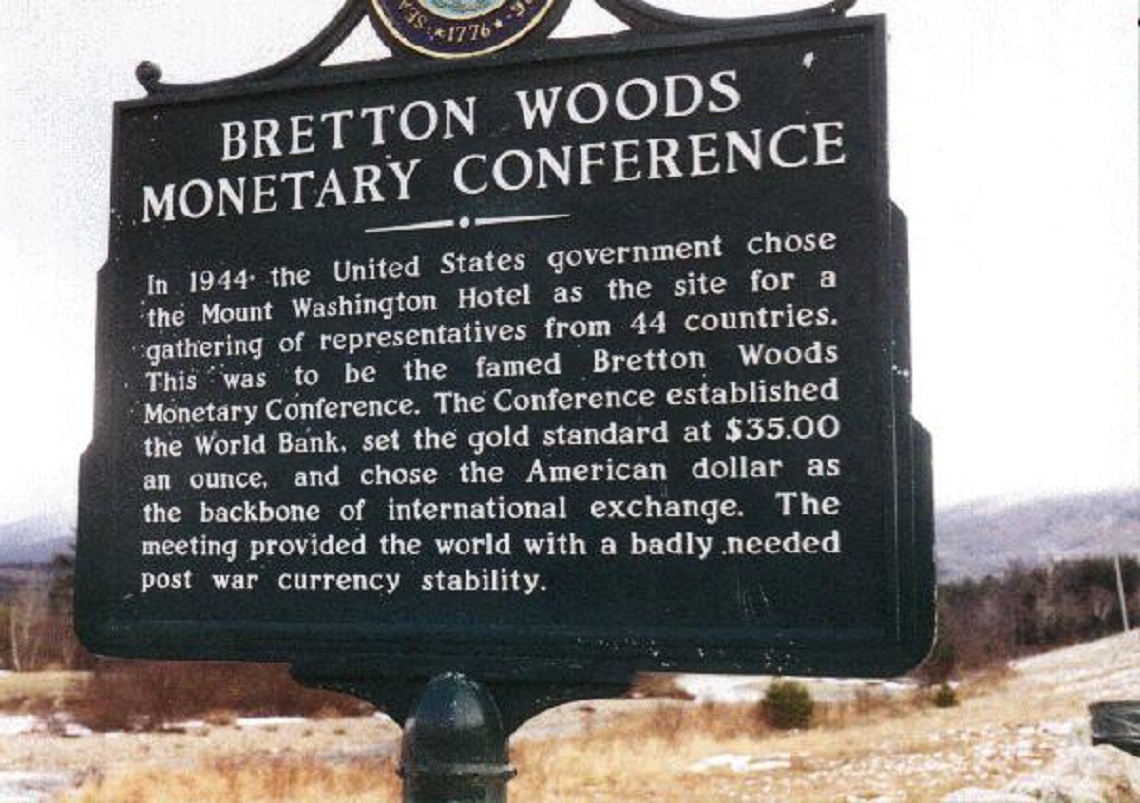 People throughout time have always traded for a variety of reasons. Some reasons have been to sell finished products for money, or obtain desired raw materials by barter, or to buy and sell commodities or other goods only for the reason of attempting to profit from the transaction. Prior to 1971, speculation was not permitted in the currency markets due to an agreement called the Bretton Woods Agreement. This agreement was set up in 1945 with the purpose of stabilizing international currencies and preventing money fleeing across nations.
People throughout time have always traded for a variety of reasons. Some reasons have been to sell finished products for money, or obtain desired raw materials by barter, or to buy and sell commodities or other goods only for the reason of attempting to profit from the transaction. Prior to 1971, speculation was not permitted in the currency markets due to an agreement called the Bretton Woods Agreement. This agreement was set up in 1945 with the purpose of stabilizing international currencies and preventing money fleeing across nations.
This agreement fixed all national currencies against the dollar and set the dollar at a rate of $35 per ounce of gold. Before this agreement was established the gold exchange standard had been used since 1876. The gold standard used gold to back each currency preventing kings and other rulers from arbitrarily debasing money and triggering inflation. Only the Federal Reserve System and other similar institutions in the United States have this kind of power.
Eventually the recession would cause prices of goods to decrease so low that they would appear attractive to other countries. This in turn led to an inflow of gold back into the economy and increase in money supply which led to the decrease of interest rates and the strengthening of economy. During the gold exchange standard years these boom-bust patterns prevailed until the start of World War I which interrupted the free flow of trade and thus the movement of gold.
Over the last few decades, forex trading has developed into the largest global market in the world. This is largely due to the removal of capital flow restrictions in most countries, creating a market of freely adjusted exchange rates based solely on their perceived values. A new system of fixed exchange rates was introduced by the EEC in 1979, which became known as the European Monetary System. In an effort to continue European currency stability, the Maastricht Treaty was signed in 1991, allowing the replacement of many European exchange rates with the Euro in 2002.
The forex market initially only worked under governmental institutions and central banks. In recent years, however, it has become a thriving playground for financial institutions and individual investors. Thanks to deregulation and advances in technology, it now dwarfs every other market. Each day, over $5 trillion is traded, making it an incredibly lucrative market for investors who can navigate its extreme volatility.







